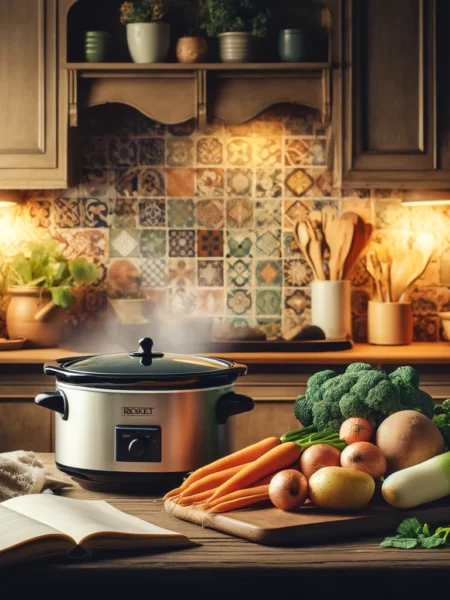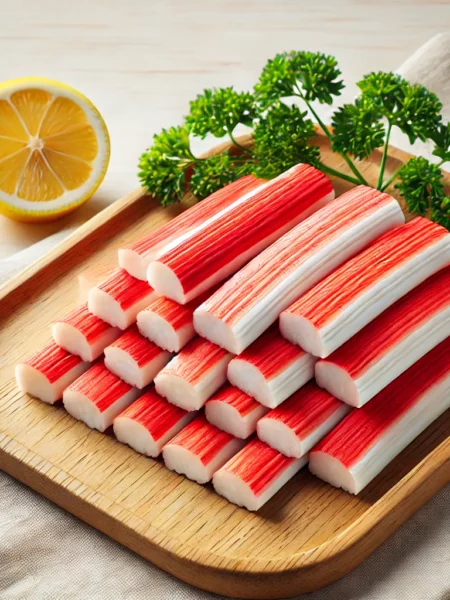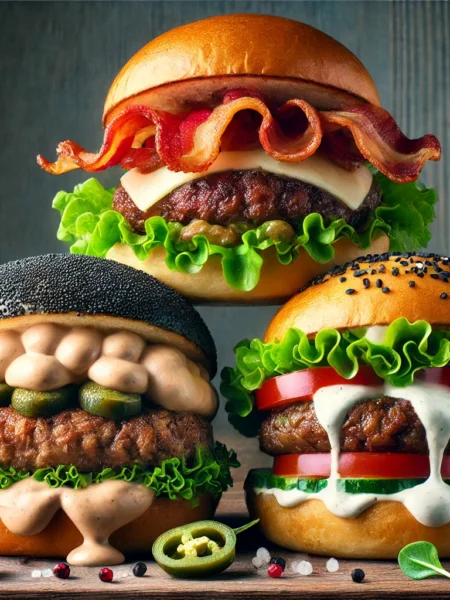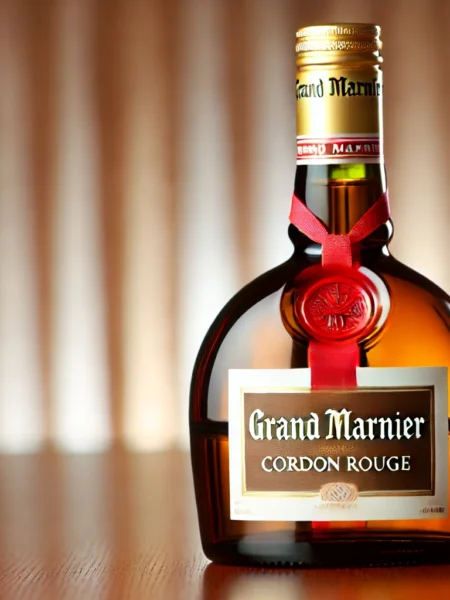
prosecco wine: Italy’s Sparkling Gem
Description
prosecco wine

Introduction to Prosecco: Italy’s Sparkling Gem
Prosecco stands as Italy’s most beloved sparkling wine, often compared to Champagne. However, it is crafted using distinct grape varieties and a different winemaking method, giving it a unique identity.
The Unique World of Prosecco
Prosecco offers more than just affordable bubbles. There's a whole world to discover, from understanding its origins and different styles to exploring its main production region, Valdobbiadene. Additionally, knowing the best food pairings can elevate your Prosecco experience.
What Is Prosecco?
Prosecco is a sparkling wine from the Valdobbiadene region in Veneto, Italy. It is made using the Glera grape through the Charmat method, which results in around 3 atmospheres of pressure. This pressure creates bubbles that outlast those in beer (1.5 atmospheres) but typically don't last as long as those in Champagne (5-6 atmospheres).
Prosecco Taste: Sweet or Dry?
Most Prosecco wines are dry, often labeled as "brut." However, the natural fruity flavors—such as green apple, pear, honeydew melon, and honeysuckle—can make them seem sweeter than they actually are. If you're seeking sweeter styles, here’s how to interpret the sweetness levels:
- Brut: 0–12 g/L residual sugar (up to half a gram of sugar per glass)
- Extra Dry: 12–17 g/L residual sugar (just over half a gram of sugar per glass)
- Dry: 17–32 g/L residual sugar (up to one gram of sugar per glass)
Extra Dry Prosecco, in particular, provides a delightful balance of fruit, acidity, and subtle sweetness.
Serving Prosecco the Right Way
For optimal enjoyment, serve Prosecco chilled at a temperature between 38–45°F (3–7°C). The best glass for Prosecco is a sparkling tulip glass. Its tall, slender shape helps maintain the bubbles’ finesse for a longer period, enhancing your tasting experience.
The Perfect Mimosa Partner
Prosecco is an excellent choice for making mimosas, especially for brunch. Its fruity character complements the citrus notes in orange juice, creating a refreshing, balanced drink. A classic mimosa recipe calls for two parts Prosecco to one part juice.
Food Pairings with Prosecco
Prosecco’s versatility makes it a great companion to various dishes. Its role as a palate cleanser is ideal for medium-intensity foods like chicken, shrimp, pork, and tofu. Thanks to its sweet aromatics and bubbles, Prosecco pairs exceptionally well with spicy curries and Southeast Asian cuisine, including Thai, Vietnamese, and Singaporean dishes.
Finding High-Quality Prosecco
When searching for top-tier Prosecco, here are some key labels to look for:
- Prosecco DOC: The most common quality level, produced across nine provinces in Veneto and Friuli-Venezia Giulia.
- Prosecco Conegliano Valdobbiadene Superiore DOCG: A blend of grapes from the hilly areas between Valdobbiadene and Conegliano, known for wines with greater concentration.
- Asolo Prosecco DOCG: Produced in a smaller hillside region across from Conegliano-Valdobbiadene, known for its high-quality standards.
- Prosecco Conegliano Valdobbiadene Superiore Rive DOCG: Wines made from specific communes or vineyards, with 43 communes eligible for this label.
- Valdobbiadene Superiore di Cartizze DOCG: A highly regarded micro-region of just 265 acres near Valdobbiadene, known for producing some of the world’s finest Prosecco.
Where Prosecco Is Made
The picturesque Conegliano-Valdobbiadene region, with its rolling green hills and vineyards, is home to Prosecco production. This area experiences frequent rainfall, making the southern-facing slopes with good drainage ideal for grape cultivation. Prosecco has a rich history in this region, spanning around 300 years.
(prosecco wine,prosecco wine,prosecco wine)
Note
Handpicked Recipes















